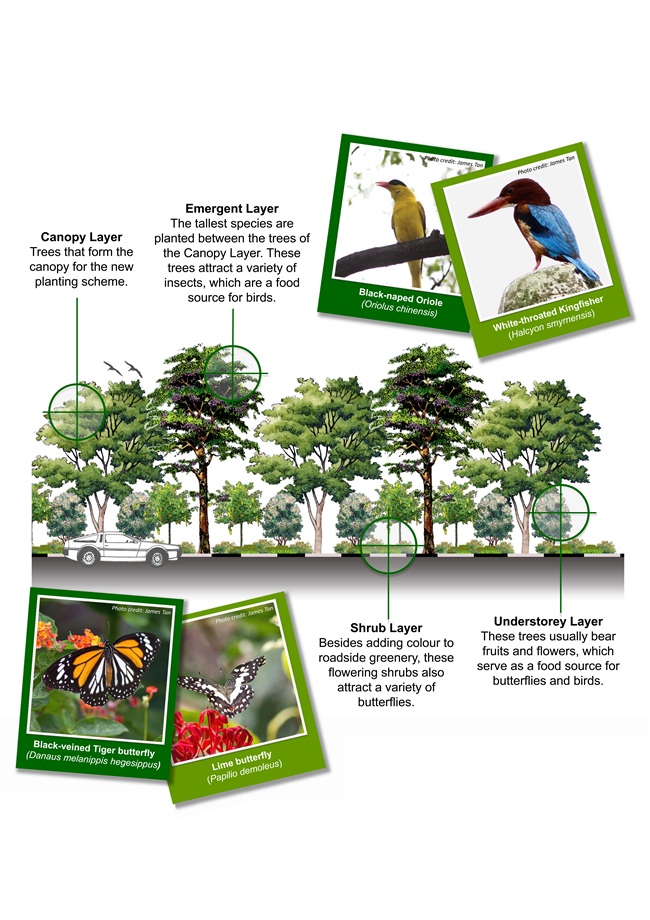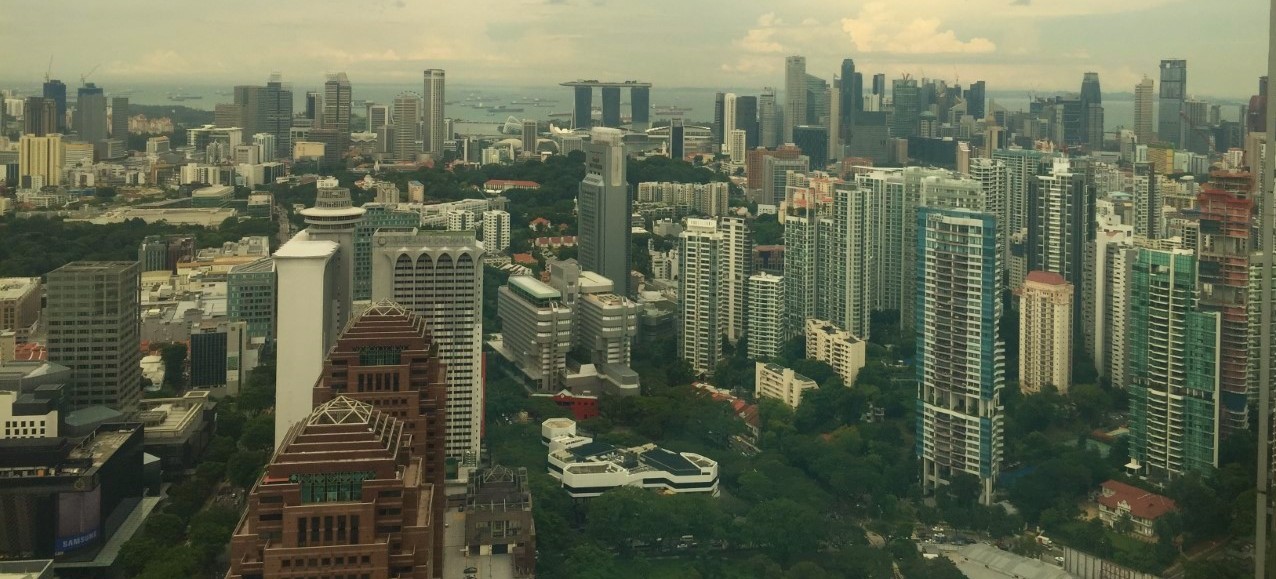Hey there!
Today I wanted to highlight the newly planned Sembawang Sports Hub which caught my attention when I saw it on the news recently. You guys may ask: It’s just a Sports Hub, what is it that is so special? Well, this is because the greenery and heritage of the area will be retained and incorporated into the hub.
Here is the video on the development plans of the sports hub:
Video Courtesy of Channel News Asia
As shown in the video, the facilities of the sports hub include forest trails, an eco-friendly hawker centre and even a swimming pool surrounded by nature (Siong, 2016). It is really interesting because according to our Acting Education Minister Ong Ye Kung, it is intended that the facilities of the sports hub would be built into the forested area instead of planting trees around the facilities (Ong, 2016), striking a fine balance between development and conservation.
It is comforting to know that the residents of Sembawang wish that the greenery would be retained as much as possible, as shown in the video, reflecting that people do care and treasure the greenery around them. From the video, it can be inferred one of the reasons they wish to preserve the greenery could be that they associate the greenery with their joyful memories they had and they feel that retaining the greenery would also retain the essence of their living environment, since Sembawang used to be a kampong with plantations and fruit trees (Nparks, 2016). I tend to ponder if evoking nostalgia among the public can be an effective way to let them appreciate the greenery around them. While educating on the benefits of greenery can be a good idea to allow the general public to appreciate the greenery, perhaps, it could also be helpful to appeal to the emotions of the public by letting them reminisce the cheerful memories brought by greenery and the sentimental value of the greenery in their lives.
“There are now 761 trees in the area and while 200 trees will be cleared to make way for the project, another 1,000 trees will be replanted.”
Acting Education Minister and a Member of Parliament (MP) for Sembawang GRC Ong Ye Kung
Considering that the greenery in Sembawang is well-known (Au-yong, 2015), it may seem a little regretful that some greenery have to be cleared to make way for the sports hub. At times, I wonder if the sports hub is necessary in exchange of the greenery which has a great sentimental value for many living in Sembawang. However, I do appreciate the efforts taken by the developers and government to preserve as much greenery as possible and to use greenery as the main feature of the hub.
Regardless, looking at the artist impression of these facilities made me believe that there is potential for the sports hub to be popular in the future and to promote the greenery of the area. For now, we shall be patient as we wait for the hub to become a reality. 🙂
Cheers!
♣ Johanah
References:
Siong, O (2016 July 3) Greenery and Heritage to be retained at New Sembawang Integrated Hub, Retrieved on 22 August 2016 from: http://www.channelnewsasia.com/news/singapore/greenery-and-heritage-to/2926332.html
Nparks (2016 August 16) Pasir Panjang Nursery, Retrieved on 23 August 2016 from:
https://www.nparks.gov.sg/news/2016/8/pasir-panjang-nursery
Au-Yong, R (2015 August 15) Sembawang to get Hawker Centre Swimming Complex, Retrieved on 25 August 2016 from:
http://www.straitstimes.com/singapore/sembawang-to-get-hawker-centre-swimming-complex




